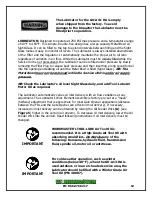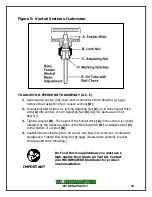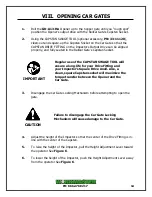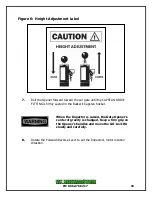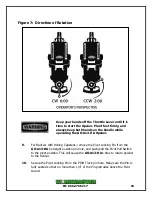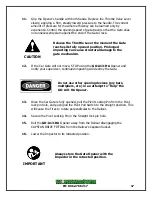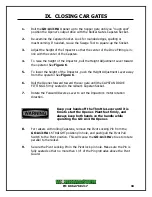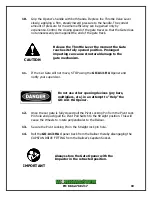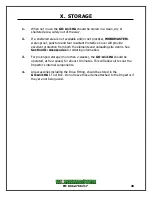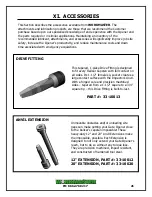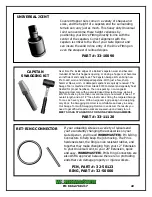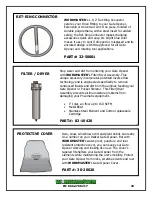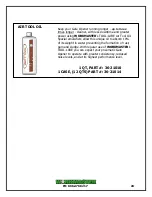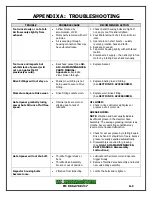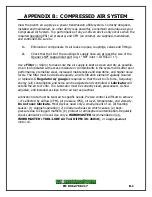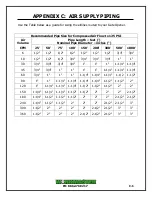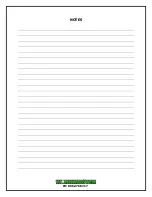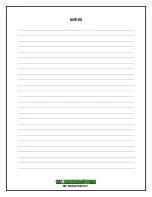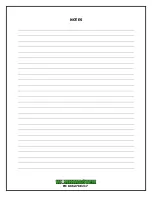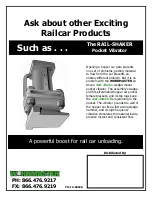
PH: 866.476.9217
B-1
APPENDIX B: COMPRESSED AIR SYSTEM
View the plant's air supply as a power transmission utility system. Correctly designed,
installed and maintained, no other utility is as powerful, economical and unique as your
Compressed Air System. Top performance of any air-driven device only occurs when the
required operating PSI (air pressure) and CFM (air volume) are supplied, maintained,
and controlled. Be sure to:
1.
Eliminate or compensate for air leaks in pipes, couplings, valves and fittings.
2.
Check that the ID of the couplings & supply hose are at least the size of the
Opener's NPT tapped inlet port (eg, 1" NPT inlet = ID Hose > 1").
Use a Filter (< 40µm) to make sure the air supply is kept as clean and dry as possible.
An air tool operated with excess moisture or contaminants in the system will suffer poor
performance, premature wear, increased maintenance and downtime, and higher noise
levels. The filter must be drained regularly, and its filtration element regularly cleaned
or replaced. A Regulator w/ gauge is required so that the air tool's force, frequency,
energy (air) consumption and noise can be adjusted and controlled. A Lubricator will
extend the air tool's life. The Lubricator must be correctly sized, pressurized, oil-flow
adjusted, and installed as close to the air tool as practical.
Lubrication rate must be tailored to specific needs. Precise control is difficult to achieve
– it's affected by airflow (CFM), air pressure (PSI), oil level, temperature, and viscosity.
Do not over-lubricate. Most devices need only a small amount of oil. Oil flooding
causes: (1) sluggish operation; (2) oil laden exhaust air which causes: (a) back-
pressure due to clogged mufflers; (b) product or atmosphere contamination. Regularly
check Lubricator's oil level. Use only a WORKMASTER recommended oil (eg,
WORKMASTER's TOOL-LUBE Air Tool Oil PN: 36-21010), or a
high-grade air
motor oil.

